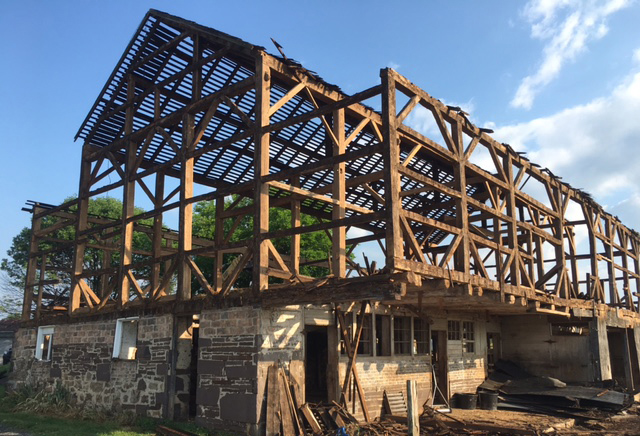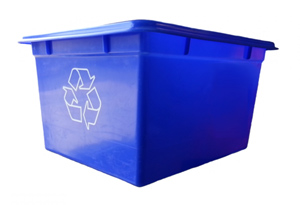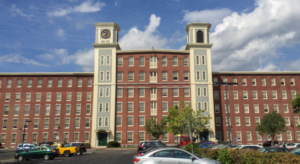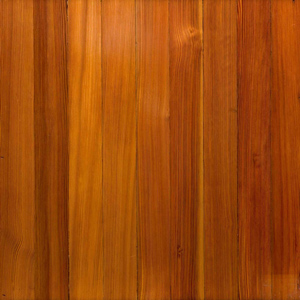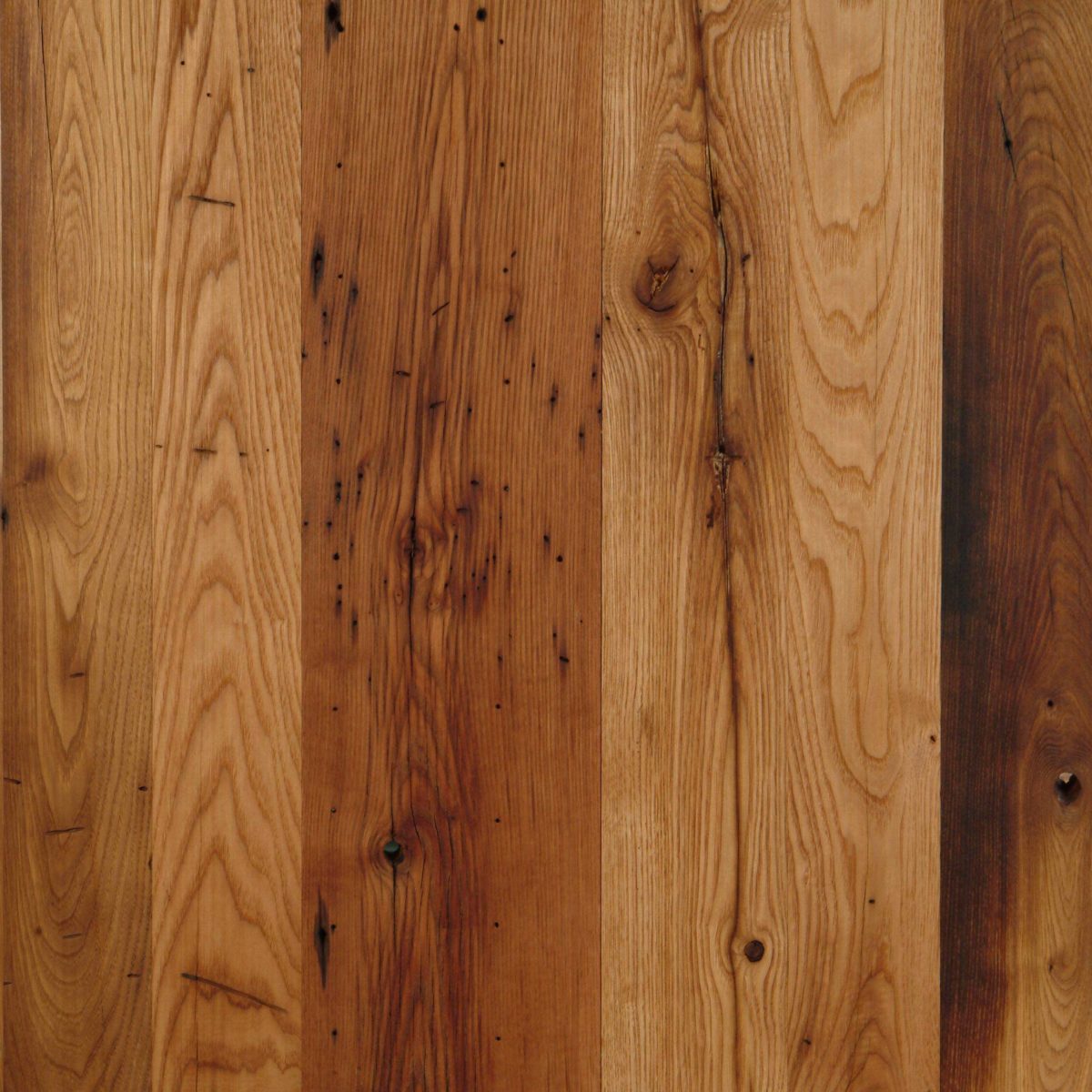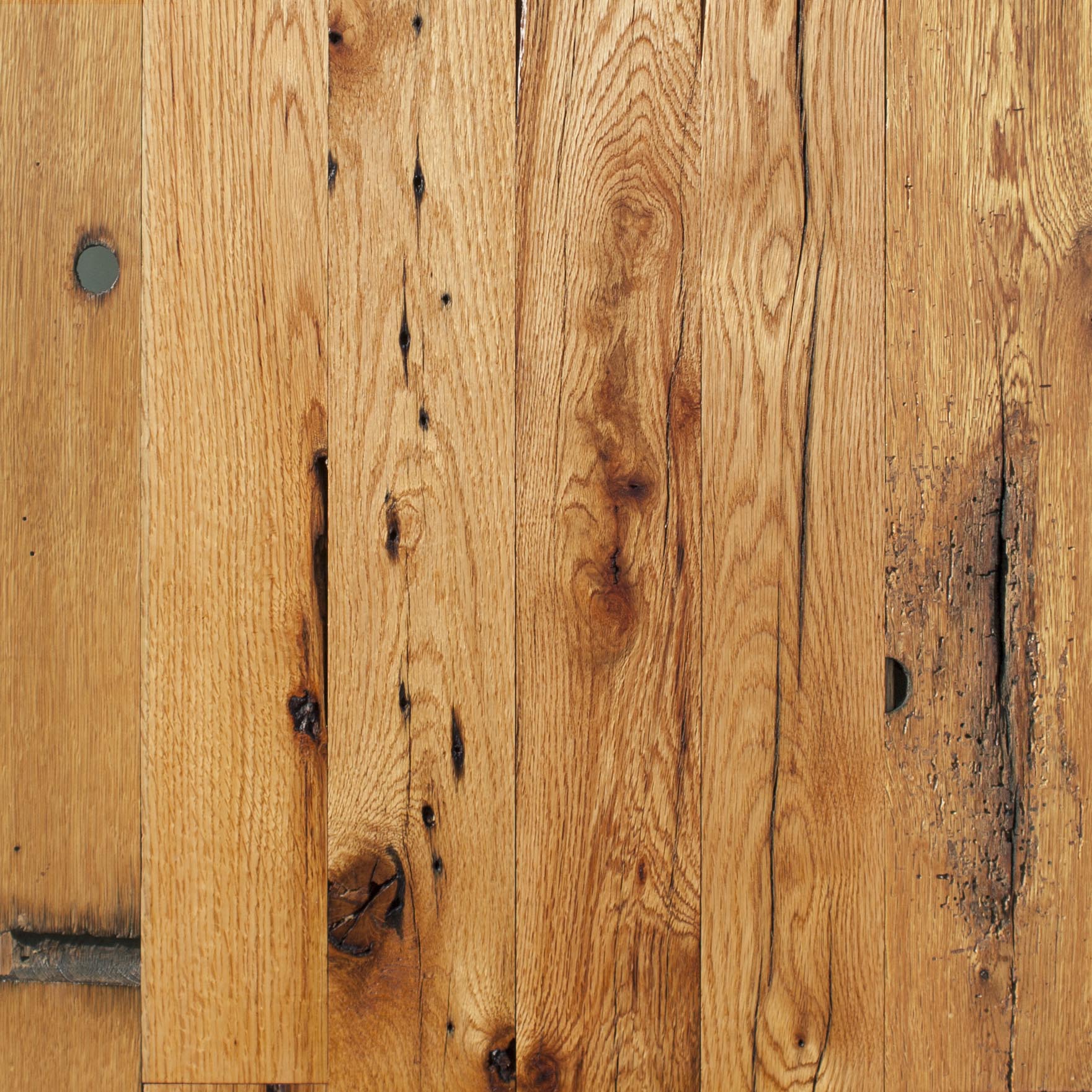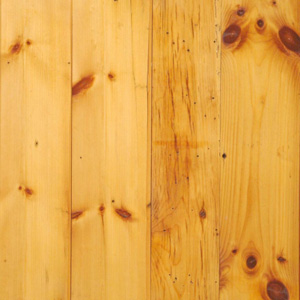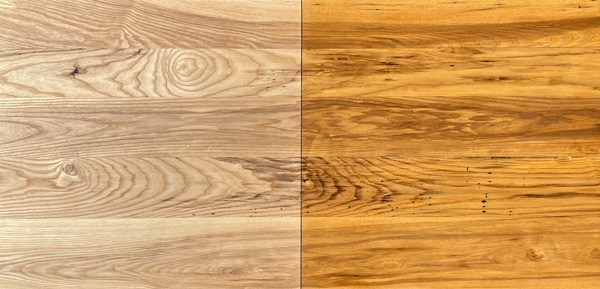Longleaf Lumber has been reclaiming lumber for over 25 years, but the history of re-using materials extends back to the early eras of human kind. Archeologists have discovered recycled tools dating back hundreds of thousands of years and re-used architectural material from the Neolithic period, when humans began to settle in permanent villages.
Just as the practice of finding additional uses for existing raw material has been part of the human experience, so has our environmental impact as consumers of those resources. Our present day population and consumption rate, coupled with modern economic and government forces, have situated us, however, in a position very different from our ancestors. The reclaimed wood industry sits at the foremost point of this long history
ANCIENT vs. MODERN RECYCLING:
It's believed that ancient recycling activity was determined by factors such as convenience, rarity, quality, and utility. These same factors exist for us today. The repurposing of lumber has always been part of our national repertoire, becoming more prevalent during times of economic depression and wood scarcity and when reclaimed lumber was the most convenient or superior quality material.
Ancient recycling, however, differs from contemporary activity. In the past, reclamation was predominantly for re-use, repair, and repurposing. In the United States, our current "recycling" process involves waste sorting and then disposal. Downstream (and often far away), waste is most often downcycled into material used for new products. Current day handling of solid waste is also different due to the economic and government forces that are now integral in the process.
The reclamation of wood has evolved over the years from a utilitarian use to more of an aesthetic one. In cases where a building and the lumber within is re-used, that second use is rarely the same as the original. People used to take down old barns and use the timber to build a new barn. Some of that still goes on today, but more likely the cow barn becomes a high-end wedding barn, vacation home, or lumber for a "man cave". Industrial mill buildings become condos. The vast majority of the wood salvaged today is used for high-end flooring and paneling.
CONSUMPTION:
Humankind has been consuming the Earth's natural resources since the beginning. Although one prevailing sentiment proposes that early humans had a naturally more sustainable approach towards their environment, a challenging opinion suggests that their consumptive behavior may have been similar to that of our own. They too impacted their environment by causing pollution and creating waste, spurred perhaps by similar desires.

THE ENVIRONMENTAL MOVEMENT:
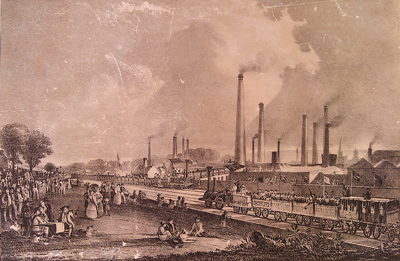
There is perhaps no single catalyst for the Environmental Movement, but the counterculture of the 1960s, Conservationism, social justice concerns over environmental discrimination, and the influence of citizens unwilling to accept environmental degradation as a cost of industrial progress were all contributors. Concerns such as air and water pollution, toxic waste, endangered species, ozone depletion, and global warming entered the discourse of mainstream America and were brought to varying degrees of resolution throughout the second half of the 20th century.

Development of the Reclaimed Wood Industry:
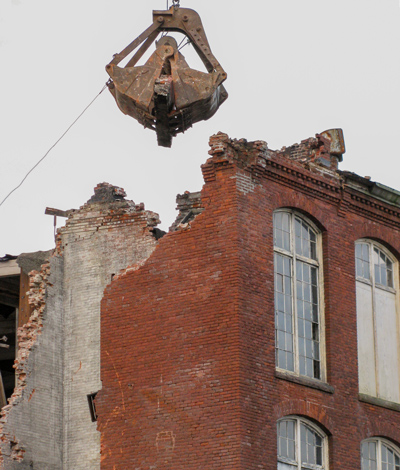
The market for salvaged lumber grew with buyers competing for lumber that possessed positive attributes that still exist:
- Foremost is its aesthetic value. Old-growth wood possesses a deeper tone and tighter grain. Lumber reclaimed from structures can also be marked in interesting ways that reference prior use, such as nail and bolt holes, saw marks, and mineral stains.
- Superior quality: Old-growth wood is stronger and denser due to the slow growth of the trees
- Rarity: Several species are either now protected or endangered.
- Greater timber size: Wide widths are possible with old-growth lumber.
The environmental benefits, while not the primary driving factor in sales, dovetailed nicely with the aesthetic appeal. Milling salvaged wood:
- Mitigates the demand for virgin wood which can lead to deforestation. Thankfully, responsible forestry is becoming more mainstream.
- Ensures fewer wood timbers are landfilled: Decaying wood contributes to water and air pollution.
- Results in fewer emissions: Processing reclaimed wood produces fewer emissions than felling and processing live trees.
Among those influenced by the growing environmental movement were architects, who organized in the 90s and collectively produced the LEED rating system to holistically measure a building's "green" quality. LEED certification of different levels was, and still is, determined by the number of environmentally responsible elements. The recycling of demolition and construction waste is one way a project can earn credits towards certification. The use of reclaimed wood is another. Specifications by architects concerning these things has helped the reclaimed wood industry immensely – both on the dismantling and the retail end.
Reclaimed wood businesses have benefited from the arc of public awareness from the Environmental Movement of the 70s to today’s tax incentivized culture of sustainability. Tax and other incentives have been in place for years for public buildings such as schools and government facilities, and these incentives are now reaching into the private sector as well.
The Reclaimed Wood Industry Today:
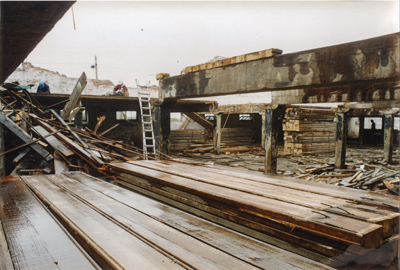
In order to expand market share, many reclaimed lumber companies have shifted to include newly sawn timber in their product lines. Perhaps half of the products currently offered by the businesses that originally milled only reclaimed timber now come from healthy standing trees. The profit margin on milling new wood is higher as it is much easier to mill and has a much lower waste factor. Lumber included in this shift can often, but not always, be characterized as originating from trees which are FSC certified or “sustainably” harvested. Other sources of raw lumber are trees which are being decimated by invasive insects and blights.
Longleaf Lumber has begun milling wood from trees which are victims of insect infestations to provide lower cost, beautiful, options for our customers as well as to keep these dead-standing or felled trees from entering the landfill to decay and contribute to air and water pollution. We continue to view the felling of healthy trees as anathema to our founding principles.
While the process of reclaiming lumber has changed significantly during the past fifty years, we are hopeful that the enduring motivators that have existed for thousands of years will continue to be supported by awareness of our impact as resource consumers. We look forward to participating in the circular cycle of wood for re-use for many years to come.
Longleaf Lumber has been reclaiming lumber for over 25 years, but the history of re-using materials extends back to the early eras of human kind. Archeologists have discovered recycled tools dating back hundreds of thousands of years and re-used architectural material from the Neolithic period, when humans began to settle in permanent villages.
Just as the practice of finding additional uses for existing raw material has been part of the human experience, so has our environmental impact as consumers of those resources. Our present day population and consumption rate, coupled with modern economic and government forces, have situated us, however, in a position very different from our ancestors. The reclaimed wood industry sits at the foremost point of this long history
ANCIENT vs. MODERN RECYCLING:
It's believed that ancient recycling activity was determined by factors such as convenience, rarity, quality, and utility. These same factors exist for us today. The repurposing of lumber has always been part of our national repertoire, becoming more prevalent during times of economic depression and wood scarcity and when reclaimed lumber was the most convenient or superior quality material.
Ancient recycling, however, differs from contemporary activity. In the past, reclamation was predominantly for re-use, repair, and repurposing. In the United States, our current "recycling" process involves waste sorting and then disposal. Downstream (and often far away), waste is most often downcycled into material used for new products. Current day handling of solid waste is also different due to the economic and government forces that are now integral in the process.
The reclamation of wood has evolved over the years from a utilitarian use to more of an aesthetic one. In cases where a building and the lumber within is re-used, that second use is rarely the same as the original. People used to take down old barns and use the timber to build a new barn. Some of that still goes on today, but more likely the cow barn becomes a high-end wedding barn, vacation home, or lumber for a "man cave". Industrial mill buildings become condos. The vast majority of the wood salvaged today is used for high-end flooring and paneling.
CONSUMPTION:
Humankind has been consuming the Earth's natural resources since the beginning. Although one prevailing sentiment proposes that early humans had a naturally more sustainable approach towards their environment, a challenging opinion suggests that their consumptive behavior may have been similar to that of our own. They too impacted their environment by causing pollution and creating waste, spurred perhaps by similar desires.
What is known is that human consumption, driven by industrial mass production at the turn of the 20th century and then a population explosion in the second half of the century, increased dramatically during the "golden age of consumerism" in the 1950s and 60s. The economies of "developed" countries flourished alongside an avalanche of consumer waste which continues to flow to this day.
THE ENVIRONMENTAL MOVEMENT:
Reaching back into the late 1800s, the Progressive Era was marked by an awakening to the health threats posed by urbanization and industrialization. Conservationism emerged during this time, recognizing the increasing scarcity of the nation's natural resources, including wood. It advocated purposeful management of those resources to ensure sustainable use in the future. After World War Two, the modern day Environmental Movement began to grow, promoting an "ecological consciousness" and awareness of the effects that rapidly expanding production and mass consumption were having on daily life.
There is perhaps no single catalyst for the Environmental Movement, but the counterculture of the 1960s, Conservationism, social justice concerns over environmental discrimination, and the influence of citizens unwilling to accept environmental degradation as a cost of industrial progress were all contributors. Concerns such as air and water pollution, toxic waste, endangered species, ozone depletion, and global warming entered the discourse of mainstream America and were brought to varying degrees of resolution throughout the second half of the 20th century.
The challenge of solid waste management was tackled in the 1980s and 90s as quantities continued to increase, landfills reached capacity, and space was limited for new landfills. Disposal prices rose and alternatives were sought to change the course of material entering the solid waste stream.
Development of the Reclaimed Wood Industry:
American barns, mill buildings, and other structures from the 1700s to early 1900s were built with old-growth species of wood like white pine, oak, American Chestnut, and Heart Pine. When environmental protection and economic forces came into play, buildings began to be selectively deconstructed when they reached the end of their useful lives so valuable materials (including old-growth lumber) could be extracted before the remainder of the structure was demolished. Although more time consuming and labor intensive, this method made economic sense. Lumber extracted in this manner holds a higher yield when milled. Eliminating disposal fees for wood waste saved costs, and reaching buyers for this salvaged lumber made profit. From its infancy in the 70s on the East Coast and the 80s on the West Coast, the reclaimed wood industry continued to grow. Longleaf Lumber was established in 1997 and began a course of 25 years as participants in the reclaimed wood industry.
The market for salvaged lumber grew with buyers competing for lumber that possessed positive attributes that still exist:
- Foremost is its aesthetic value. Old-growth wood possesses a deeper tone and tighter grain. Lumber reclaimed from structures can also be marked in interesting ways that reference prior use, such as nail and bolt holes, saw marks, and mineral stains.
- Superior quality: Old-growth wood is stronger and denser due to the slow growth of the trees
- Rarity: Several species are either now protected or endangered.
- Greater timber size: Wide widths are possible with old-growth lumber.
The environmental benefits, while not the primary driving factor in sales, dovetailed nicely with the aesthetic appeal. Milling salvaged wood:
- Mitigates the demand for virgin wood which can lead to deforestation. Thankfully, responsible forestry is becoming more mainstream.
- Ensures fewer wood timbers are landfilled: Decaying wood contributes to water and air pollution.
- Results in fewer emissions: Processing reclaimed wood produces fewer emissions than felling and processing live trees.
Among those influenced by the growing environmental movement were architects, who organized in the 90s and collectively produced the LEED rating system to holistically measure a building's "green" quality. LEED certification of different levels was, and still is, determined by the number of environmentally responsible elements. The recycling of demolition and construction waste is one way a project can earn credits towards certification. The use of reclaimed wood is another. Specifications by architects concerning these things has helped the reclaimed wood industry immensely – both on the dismantling and the retail end.
Reclaimed wood businesses have benefited from the arc of public awareness from the Environmental Movement of the 70s to today’s tax incentivized culture of sustainability. Tax and other incentives have been in place for years for public buildings such as schools and government facilities, and these incentives are now reaching into the private sector as well.
The Reclaimed Wood Industry Today:
Today, the reclaimed industry faces headwinds. A diminishing supply and soaring labor costs have forced prices of salvaged material up greatly. The costs associated with the production of finished products have also risen, forcing the price of finished goods ever higher. The market for quality reclaimed lumber has increasingly become very exclusive. We have gone a long way from the days of farmers salvaging beams for reuse.
In order to expand market share, many reclaimed lumber companies have shifted to include newly sawn timber in their product lines. Perhaps half of the products currently offered by the businesses that originally milled only reclaimed timber now come from healthy standing trees. The profit margin on milling new wood is higher as it is much easier to mill and has a much lower waste factor. Lumber included in this shift can often, but not always, be characterized as originating from trees which are FSC certified or “sustainably” harvested. Other sources of raw lumber are trees which are being decimated by invasive insects and blights.
Longleaf Lumber has begun milling wood from trees which are victims of insect infestations to provide lower cost, beautiful, options for our customers as well as to keep these dead-standing or felled trees from entering the landfill to decay and contribute to air and water pollution. We continue to view the felling of healthy trees as anathema to our founding principles.
While the process of reclaiming lumber has changed significantly during the past fifty years, we are hopeful that the enduring motivators that have existed for thousands of years will continue to be supported by awareness of our impact as resource consumers. We look forward to participating in the circular cycle of wood for re-use for many years to come.
In researching this article, we found several interesting and helpful articles:
- "The Recycling of Material Culture Today and During the Paleolithic" by Daniel S. Amick
- "Circular Economy: Ancient Populations Pioneered the Idea of Recycling Waste" by Maikel Kuijpers
- "Conservation, Preservation, and Environmental Activism: A Survey of the Historical Literature" by the National Park Service
- "History of Consumerism" by Website History Crunch

